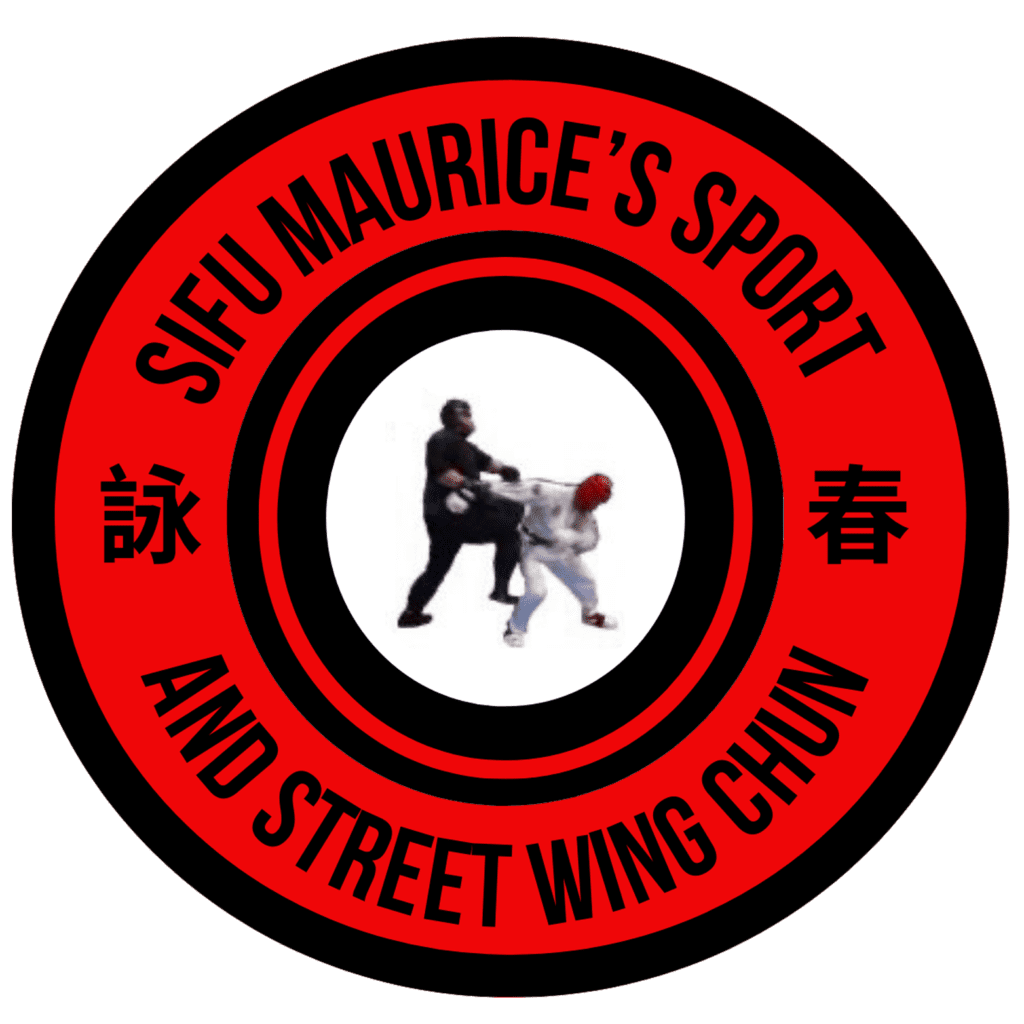The Role of Qi Gong in Wing Chun: Developing Internal Strength and Vitality
By Maurice Novoa a master under the Yuen Kay Shan, Ip Man and Pan Nam lineages.
Introduction:
Welcome to the world of Wing Chun, a dynamic and powerful martial art that combines physical techniques with a deep understanding of energy and internal strength. In this article, we will explore the role of Qi Gong in Wing Chun and how it can help you develop internal strength and vitality. Whether you’re a seasoned Wing Chun practitioner or new to the martial arts world, integrating Qi Gong into your training can take your skills and well-being to new heights.
Understanding Qi Gong
Qi Gong, which translates to “energy cultivation,” is an ancient Chinese practice that focuses on harnessing the body’s vital energy, known as Qi. It involves a combination of mindful movement, breath control, and meditation. Qi Gong has been an integral part of Chinese culture for centuries, known for its ability to promote health, vitality, and overall well-being.
The Power of Qi
Qi is the life force that flows through our bodies, fueling our physical and mental functions. In Qi Gong, we learn to cultivate and direct this energy to enhance our health and martial arts practice. When we have a strong and balanced Qi, we experience increased vitality, resilience, and a heightened sense of focus.
Qi Gong in Wing Chun
Wing Chun, known for its efficiency and practicality, incorporates the principles and exercises of Qi Gong to develop internal power and enhance the effectiveness of its techniques. By integrating Qi Gong into your Wing Chun training, you can deepen your understanding of energy flow, body mechanics, and the connection between the mind and body.
Building Internal Power
Internal power, also known as “Fa Jing,” is a hallmark of Wing Chun. It refers to the ability to generate explosive force through relaxed and coordinated movements. Qi Gong plays a vital role in developing this internal power by teaching us to cultivate and store Qi, allowing us to generate and release energy in our techniques with precision and efficiency.
Breathing and Energy Flow
One of the fundamental aspects of Qi Gong is breath control. Proper breathing techniques help us regulate our Qi and enhance energy flow throughout the body. In Wing Chun, mastering the art of breathing enables us to synchronize our movements, maintain relaxation, and generate power in our strikes.
Mindful Movement and Meditation
Qi Gong involves gentle, flowing movements that help us cultivate mindfulness and body awareness. These movements, combined with focused intention and visualization, help us connect with our internal energy and develop a deeper understanding of our physical and energetic bodies. Through meditation, we learn to quiet the mind, enhance concentration, and tap into the abundant source of Qi within us.
The Benefits of Qi Gong in Wing Chun
Developing Body Awareness and Balance
Practicing Qi Gong in conjunction with Wing Chun enhances body awareness and balance. By attuning ourselves to the subtle movements of Qi within our bodies, we become more conscious of our posture, alignment, and weight distribution. This heightened awareness translates into improved balance, stability, and overall control during Wing Chun techniques.
Increasing Energy Efficiency
The integration of Qi Gong in Wing Chun teaches us to conserve energy and move with efficiency. By learning to generate power from our internal energy, we rely less on brute force and tension, allowing for smoother and more fluid movements. This energy efficiency not only enhances the effectiveness of our techniques but also prevents unnecessary strain and fatigue.
Promoting Health and Well-being
Regular practice of Qi Gong has numerous health benefits that complement your Wing Chun training. It helps reduce stress, improve immune function, and enhance mental clarity. The harmonization of body, mind, and breath in Qi Gong promotes a state of balance and vitality, providing a solid foundation for your overall well-being.
Personal Journey and Anecdotes
I’ve been practicing Wing Chun for over 30 years, and the integration of Qi Gong has been transformative in my martial arts journey. I vividly remember struggling with balance and tension early in my training, but through consistent Qi Gong practice, I learned to connect with my internal energy, leading to a significant improvement in my stability and technique.
One of my students, Sarah, had been dealing with chronic pain and limited mobility due to an old injury. Introducing her to Qi Gong as part of her Wing Chun training brought about remarkable changes. As she focused on aligning her body, breathing deeply, and cultivating Qi, Sarah experienced a reduction in pain, increased range of motion, and a renewed sense of vitality.
Conclusion
Incorporating Qi Gong into your Wing Chun practice is a powerful way to develop internal strength, enhance your technique, and improve your overall well-being. By embracing the principles of Qi Gong, you will deepen your understanding of energy flow, cultivate mindfulness, and unlock the true potential of your martial arts journey.
Remember, the journey of Qi Gong and Wing Chun is a personal one. Embrace the practice with patience and dedication, and you will reap the rewards. Seek guidance from experienced instructors who can provide valuable insights and help you harness the power of Qi Gong within your Wing Chun training. Let the integration of Qi Gong and Wing Chun be your path to developing internal strength, vitality, and a profound connection with yourself and the martial arts.

